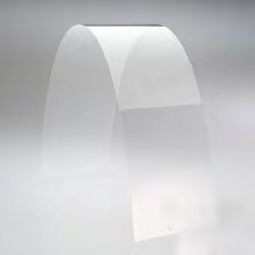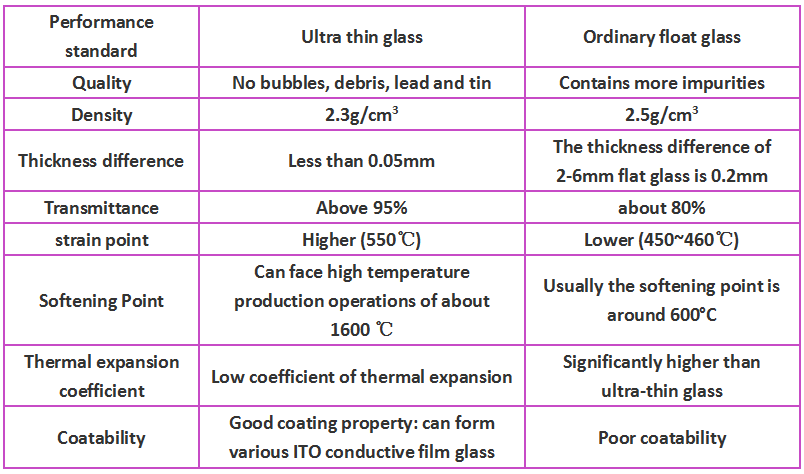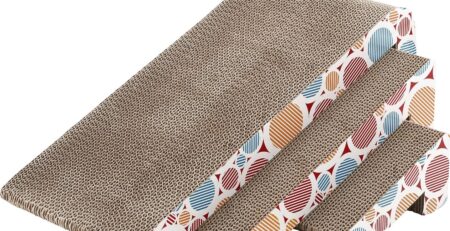超薄玻璃概述
Ultrathin glass is also called ultra-thin electronic touch glass, 厚度为 0.1-1.1 毫米. 电子信息行业中的液晶显示器一般使用 0.55-1.1 毫米浮法超薄玻璃.

超薄玻璃不仅具有玻璃的高透明度等基本特性, 电绝缘, 耐热性, 化学稳定性和耐气体性, 还具有重量轻等独特的特点, 石英玻璃一般具有良好的透光性, 抗冲击性, 灵活性, 等等.
所以, 在显示面板上有广阔的应用前景, conductive film glass substrates, flexible substrates, smart surfaces, OLED lighting and other fields.
Glass by thickness

Ultra-thin Glass Overview – 属性
实际上, ultra-thin glass is not only thin, it has many special properties:

Ultra thin Glass Overview – 分类
According to different chemical compositions, ultra thin glass can be divided into alkali-containing glass and alkali-free glass;
根据不同的生产工艺, ultra thin glass can be divided into float method, flat draw method and down draw method;

Overview of ultra thin glass-technical indicators
与普通玻璃相比, ultra-thin glass has unique characteristics such as light weight, 石英玻璃一般具有良好的透光性, impact resistance and flexibility.
Comparison of physical properties between ultra-thin glass and ordinary glass

Overview of Ultra Thin Glass – Production Process
The preparation methods of ultra-thin glass sheets mainly include float method, overflow down-draw method and vertical pull-up method.

Ultra Thin Glass Overview – Main Applications
Ultra-thin glass is mainly used in liquid crystal display panel substrates. After the rise of touch screens, ultra-thin glass is also used in touch screen covers and touch screen sensor substrates.
Figuratively speaking, smartphones generally contain four pieces of ultra-thin glass, 包括: two for the touch screen and two for the LCD panel.



